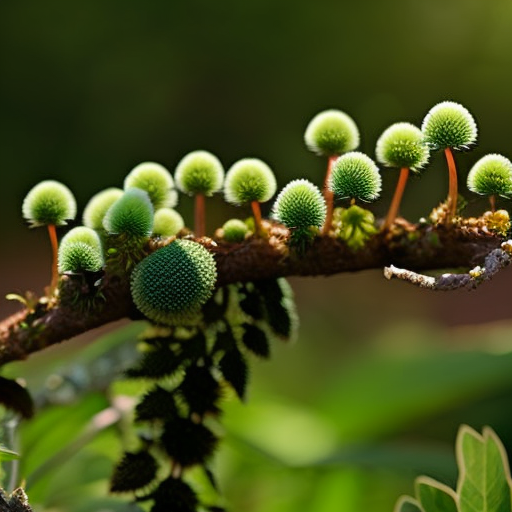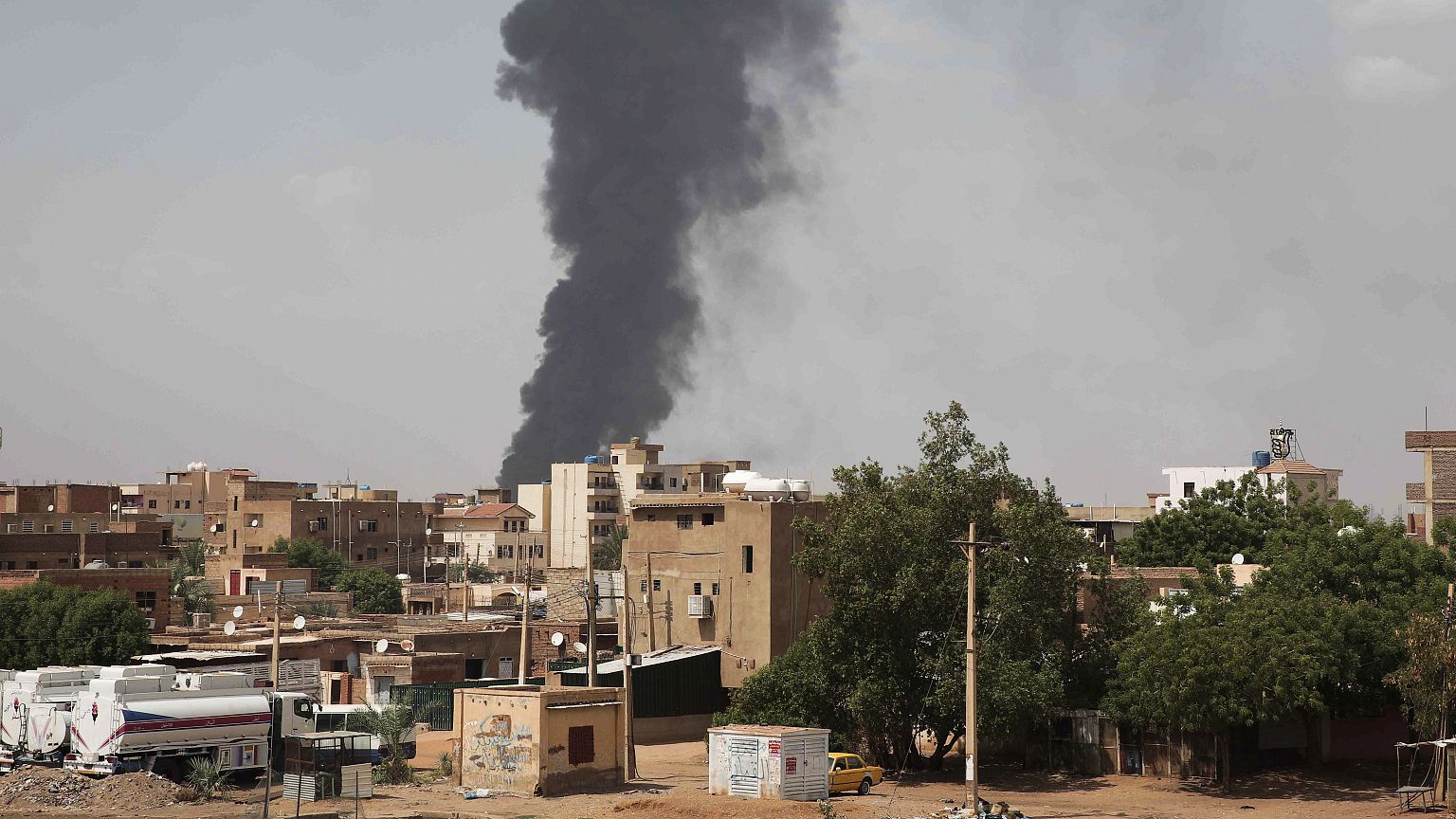

Biodiversity and its Importance for Sustainable Development Goals (SDGs)
Biodiversity — short for biological diversity — is the incredible variety of life on Earth, encompassing the tiniest microbes to the most majestic animals on the planet. And it’s not just about rare or endangered species, it’s everything from genes and bacteria to entire ecosystems like forests and coral reefs.
Biodiversity is crucial for people and our planet, and without it we couldn’t survive, providing us with the essentials like food, clean water, and even medicine.
The 3 Biggest Things You Should Know About Biodiversity
What Is Biodiversity?
To define biodiversity in simple terms, it’s all the variety of the natural world around us that provides the building blocks for life — clean water and air, food, and a stable climate. But we’re running out of time to protect it.
The biodiversity definition isn’t as important as understanding it. Why is biodiversity important? Ecosystems around the world rely on biodiversity to function properly. It’s like an intricate puzzle, where everything needs to fit together just right.
Protecting places, like forests and oceans, for example, are particularly crucial because they clean and distribute water, absorb carbon dioxide, and protect us from natural disasters.
But we’re putting biodiversity at risk: deforestation, agriculture, over-development, and pollution are major threats to this precious system. Like the amount of fish in the ocean, for example, which has halved since 1970.
Fortunately, however, there is hope. In December 2022, government and business leaders came together to adopt a landmark agreement to protect biodiversity and reverse nature’s rapid decline before it’s too late, which included a provision to protect 30% of the planet’s land, ocean, and inland waters.
The way we use land also needs to be smarter. Short-term thinking for immediate rewards often leads to destructive practices that harm our planet well into the future. We need to conserve untouched areas, restore degraded land, and take a more holistic approach that protects biodiversity and prioritizes our shared future.
How Does Biodiversity Impact People Around the World?
Human dependence on biodiversity extends beyond the food we eat, the air we breathe, and the water we drink.
Earth is home to plants, animals, land, water, the atmosphere, and the human population. Biodiversity has a direct impact on humanity’s health, wealth, and security, and we all have a role to play in the planet’s ecosystems because, without it, our lives are on the line.
Biodiversity provides humanity with the medicines that keep us healthy and the materials we use for our homes and clothes. But it goes even deeper than that. Biodiversity also affects things like how diseases spread, what the local climate is like, and how well communities and land recover from natural disasters.
The loss of biodiversity affects everyone, but it hits the most vulnerable people the hardest — those who are already marginalized, who are already living in poverty. Vulnerable communities are especially at risk when biodiversity is lost. Communities that live in disaster-prone areas, especially low-income countries in the Global South, rely on biodiversity in a multitude of ways. When biodiversity is at risk, they are too.
What Are the Main Causes of Biodiversity Loss?
Our planet is teeming with both beloved and undiscovered species, but human activities have left them threatened with extinction.
The biggest driver of biodiversity loss is known as land-use change: when natural landscapes are converted into a space for human activities like agriculture, mining, or urban expansion. When we destroy natural habitats through land-use change, we rob countless species of their homes. Fragmenting ecosystems disrupts their balance, leaving less space for natural resources and survival.
Meanwhile, overfishing, warming and acidifying waters, and pollution have destabilized the ocean in ways that threaten, not only sealife, but also humanity. Overfishing in itself is leading to the collapse of fish stocks and wrecking of marine ecosystems.
Whether it’s air, water, or soil pollution, toxic chemicals and pollutants also harm ecosystems and species. Habitats degrade, certain species decline, and crucial ecological processes get disrupted.
But climate change is the biggest biodiversity threat of all. The climate crisis is changing habitats, altering species distributions, disrupting reproductive cycles, and making species more susceptible to diseases and pests. Mass extinctions and the destruction of entire ecosystems occur when these causes are combined.
The climate crisis attracts more attention, but really biodiversity and climate are two crises occurring in tandem. The global decline of biodiversity and climate change are both caused by humanity’s exploitative economic systems, they reinforce one another, and they demand the same levels of urgency for world leaders to act.
How Can We Take Action to Protect Biodiversity?
No reason to sugarcoat it: the planet has already sustained extreme biodiversity loss as a result of humans. Back in 2010, 168 countries formally agreed to protect and improve biodiversity by 2020 — yet, come 2020, not a single one of the 20 targets set had been met, according to a report by the United Nations.
Awareness of the importance of biodiversity remains low, inclusion of biodiversity in development projects is rare, and subsidies for fossil fuels, pesticides, and other toxic substances remain high.
But the same UN report also highlights that there are many ways that governments and leaders can create a transition to a world in harmony with nature.
Governments can take an active role in transforming the food system, for example, by breaking the dominance of major food corporations and instead subsidizing and supporting agriculture efforts to emphasize crop diversity, soil rehabilitation, and ecological harmony.
Water use rules need to be updated to reflect dwindling resources. Countries
SDGs, Targets, and Indicators Related to Biodiversity
1. Which SDGs are addressed or connected to the issues highlighted in the article?
- SDG 14: Life Below Water – This goal focuses on the conservation and sustainable use of the oceans, seas, and marine resources.
- SDG 15: Life on Land – This goal aims to protect, restore, and promote sustainable use of terrestrial ecosystems, sustainably manage forests, combat desertification, and halt and reverse land degradation and biodiversity loss.
2. What specific targets under those SDGs can be identified based on the article’s content?
- SDG 14.2: By 2020, sustainably manage and protect marine and coastal ecosystems to avoid significant adverse impacts, including by strengthening their resilience, and take action for their restoration in order to achieve healthy and productive oceans.
- SDG 15.5: Take urgent and significant action to reduce the degradation of natural habitats, halt the loss of biodiversity, and protect and prevent the extinction of threatened species.
3. Are there any indicators mentioned or implied in the article that can be used to measure progress towards the identified targets?
- Indicator 14.2.1: Proportion of national exclusive economic zones managed using ecosystem-based approaches.
- Indicator 15.5.1: Red List Index.
Table: SDGs, Targets, and Indicators
| SDGs | Targets | Indicators |
|---|---|---|
| SDG 14: Life Below Water | 14.2: By 2020, sustainably manage and protect marine and coastal ecosystems to avoid significant adverse impacts, including by strengthening their resilience, and take action for their restoration in order to achieve healthy and productive oceans. | 14.2.1: Proportion of national exclusive economic zones managed using ecosystem-based approaches. |
| SDG 15: Life on Land | 15.5: Take urgent and significant action to reduce the degradation of natural habitats, halt the loss of biodiversity, and protect and prevent the extinction of threatened species. | 15.5.1: Red List Index. |
Behold! This splendid article springs forth from the wellspring of knowledge, shaped by a wondrous proprietary AI technology that delved into a vast ocean of data, illuminating the path towards the Sustainable Development Goals. Remember that all rights are reserved by SDG Investors LLC, empowering us to champion progress together.
Source: globalcitizen.org

Join us, as fellow seekers of change, on a transformative journey at https://sdgtalks.ai/welcome, where you can become a member and actively contribute to shaping a brighter future.






